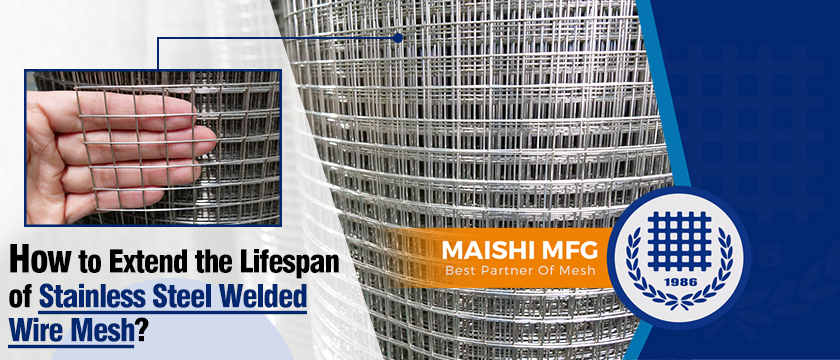One crucial step is to clean and perform pickling passivation on the stainless steel welded wire mesh before and after welding. Grease, if not removed, can contribute to the formation of hydrogen-induced pores in the welds. Additionally, the presence of low melting point metal contaminants, such as zinc-rich paint, can lead to post-welding cracks. To prevent this, it is essential to clean the wire's surface before welding. Acetone can be used to remove grease, while an emery cloth or a stainless steel wire brush can be used to eliminate paint rust. A final wipe with acetone is recommended.
Regardless of the welding technology employed in the fabrication of stainless steel welded wire mesh, post-weld cleaning is equally important. It is necessary to remove all welding slag, spatter, stains, and oxidation color. Mechanical and chemical cleaning methods can be utilized for this purpose. Mechanical cleaning techniques include grinding, polishing, and sandblasting. It is crucial to avoid using carbon steel brushes to prevent surface rust. To achieve the best corrosion resistance, immersion in a mixture of HNO3 and HF or the application of a pickling passivation paste is recommended. These measures ensure the long-term usage of stainless steel welded wire mesh.
At Hebei Maishi, we are committed to being the best partner for mesh and providing high-quality stainless steel welded wire mesh. Contact us today to learn more about our products and services.
#StainlessSteel #WeldedWireMesh #WireMeshProduction


Leave a Comment